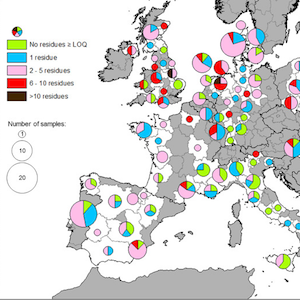One of the most worrying aspects of the current political upheaval in the UK and Europe is the risk of being so overwhelmed by the noise and sense of urgency that we miss what’s really going on.
In the UK, the Brexit process involves, amongst other things, the transfer of European legislation into UK law – a process which has followed a stop-start pattern for most of this year.
However, during the prorogation of Parliament in September several key pieces of legislation slipped through undebated including the Genetically Modified Organisms (Deliberate Release) (Amendment) (England) Regulations 2019 and the Animal Health and Genetically Modified Organisms (Amendment) (EU Exit) Regulations 2019.
The new regulation is largely the same as current EU regulations with one notable exception. It mandates that GMO regulations are reviewed and revised every 5 years (first report due Sept 2024) – and that these should prioritise, where possible, “less onerous regulatory provision”.
Apart from ringing alarm bells about ‘slippery slopes’, this time frame buys the UK some time while Europe figures out what it wants to do about regulating GMOs.
Only last week EU Brexit negotiator Michel Barnier told MEPs that if the UK wanted to secure a trade agreement it would have to maintain a level playing field and not undercut EU regulation. In this respect, as in many others, Brexit does not necessarily sever the UK from the EU.
For further information……click on full article link.
Credit: Beyond GM
Full article: https://beyond-gm.org/new-uk-gmo-regulations-what-do-they-mean/



